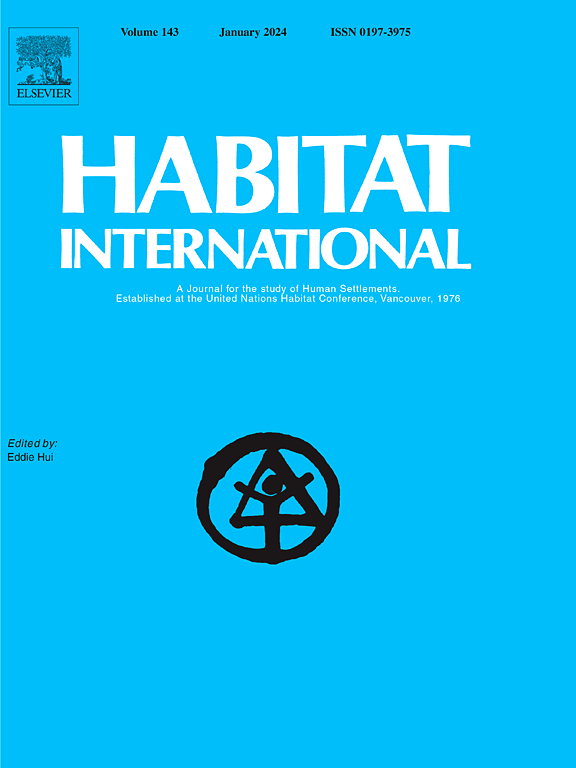Using comparative approaches to model deprivation in Antananarivo, Madagascar: A multidimensional analysis using principal components analysis and weighting system across meso and macro scales
IF 6.5
1区 经济学
Q1 DEVELOPMENT STUDIES
引用次数: 0
Abstract
Rapid population growth and global urbanization pose socio-economic challenges, causing inequalities in Global South (GS) cities, such as the proliferation of deprived areas. This study aims to develop methods for mapping and characterizing urban deprivation in GS cities using the IDEAMAPS framework, focusing on household, area, and area-connect levels. The methodology employs 23 indicators across five domains, with a weighting system applied at macro (agglomeration of Antananarivo) and meso (Urban Commune of Antananarivo - CUA) scales, alongside Principal Component Analysis (PCA) and population-weighted analysis. A variable reduction process assessed the impact of simplifying indicators while retaining explanatory power. Results demonstrated significant spatial contrasts in deprivation between central and peripheral areas and eastern and western neighborhoods. The equal weighting system provided an intuitive overview, showing that 53% of neighborhoods were privileged at the macro scale, while 15% were highly deprived. At the meso scale, 27% of neighborhoods were highly deprived, emphasizing the importance of finer spatial scales to uncover localized disparities. PCA reduced data complexity and identified key deprivation dimensions but remains sensitive to outliers. Population-weighted analysis revealed the misalignment between deprivation level and population density, highlighting the need for targeted interventions in densely populated neighborhoods.
Variable reduction confirmed model robustness but underscored the importance of retaining critical variables. This study highlights the need for accurate, multi-scale assessments to inform policies addressing urban inequalities. Future research should integrate advanced spatial techniques, temporal dynamics, and additional indicators, such as governance and environmental hazards, to refine deprivation analyses and guide inclusive urban policies.
求助全文
约1分钟内获得全文
求助全文
来源期刊

Habitat International
Multiple-
CiteScore
10.50
自引率
10.30%
发文量
151
审稿时长
38 days
期刊介绍:
Habitat International is dedicated to the study of urban and rural human settlements: their planning, design, production and management. Its main focus is on urbanisation in its broadest sense in the developing world. However, increasingly the interrelationships and linkages between cities and towns in the developing and developed worlds are becoming apparent and solutions to the problems that result are urgently required. The economic, social, technological and political systems of the world are intertwined and changes in one region almost always affect other regions.
 求助内容:
求助内容: 应助结果提醒方式:
应助结果提醒方式:


